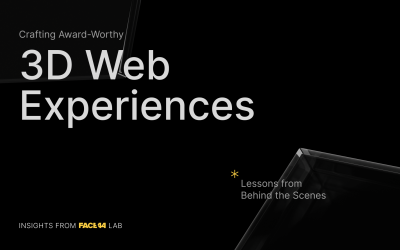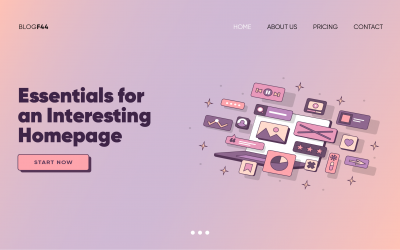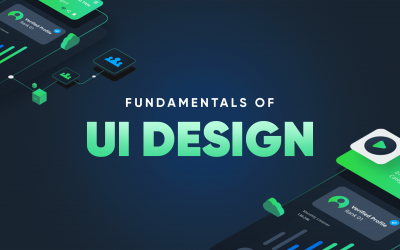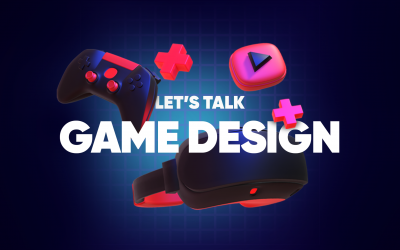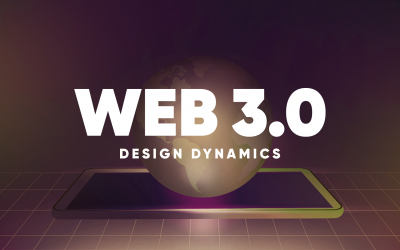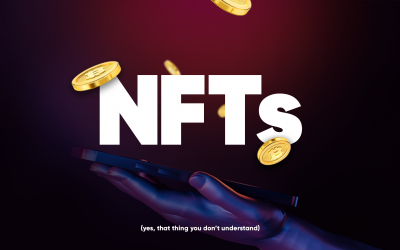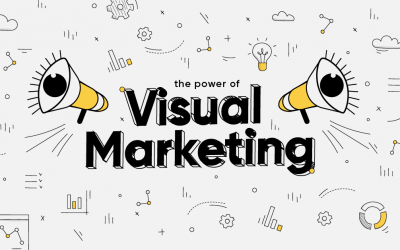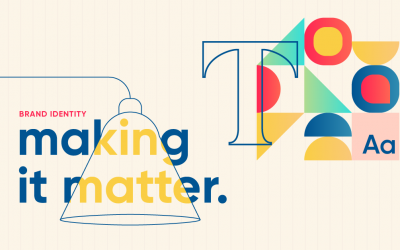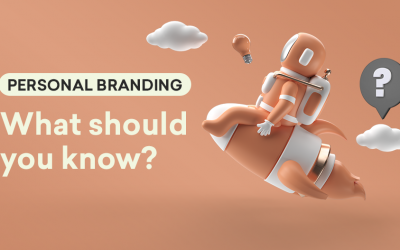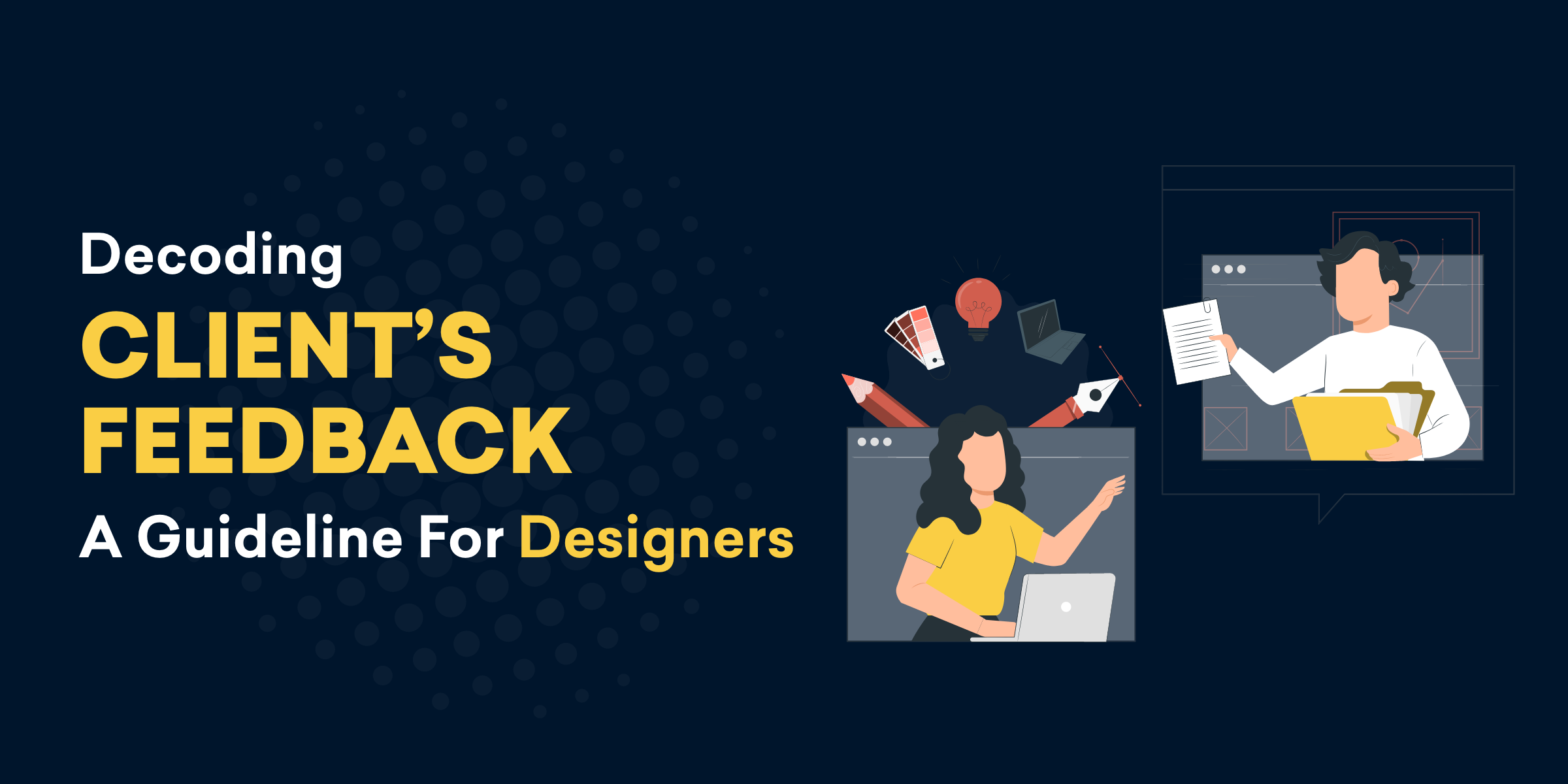
Client communication can be difficult for many designers. Sometimes the client has a basic understanding of the design process, and they know what they want (or what they don’t want). However, in other scenarios, the client’s feedback and approach resembles, “I’ll know it when I see it. You know the spark? The gut feeling? I’ll just know it”. Or, we must say, the never-ending client-designer feedback loop! This is where the trouble starts, but there is a bright side to everything.
Learning how to decode client’s feedback through unclear or sometimes unreasonable briefs can make your life, as a designer, A LOT easier. It also results in happier and more satisfied clients and faster workflows when the feedback can be rightly understood and acted upon.
Based on our experiences, we have faced different challenges when it comes to decoding client’s feedback. You may have already encountered somewhat the same scenarios (or have yet to). Keep reading to explore how to navigate and positively incorporate different types of feedback in your designs. Let’s hit the ground running!
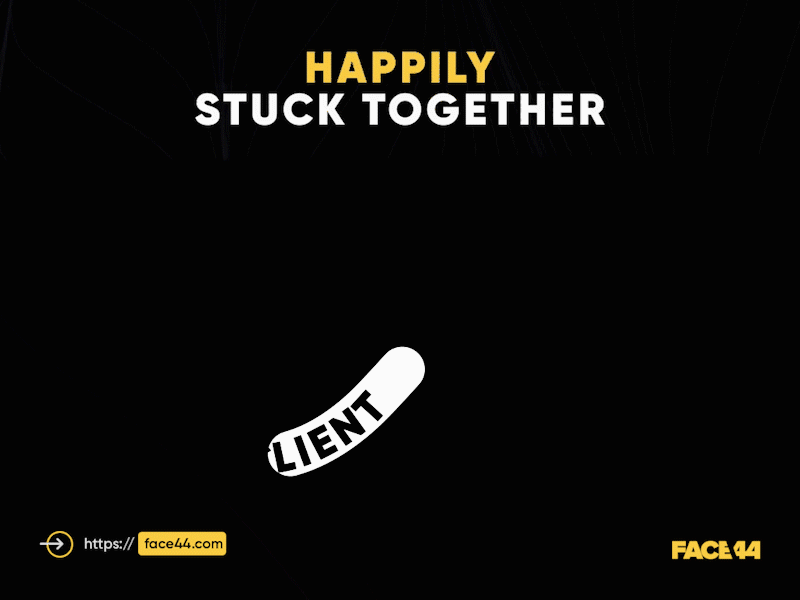
“This looks awesome, except umm….”
What comes after “except umm” is a signal to get ready for another round of changes. This kind of feedback can either ask for a simple tweak or a series of suggestions that breaks up the entire design theme.
For example, if a client sends feedback saying, “This looks awesome, except the font size is too small, maybe if you could make it a bit bigger?”. In this scenario, you may opt to increase the base font size. In most cases, this will work out without breaking the overall flow of the design.
Other times, decreasing or increasing the font size may put off the whole scale and placement of design elements. In such a scenario, it is always better to educate your client on how it would look after increasing or decreasing the font size (or whatever minor change they require). Visually showing them the changes will make them understand that the simple changes might not complement the overall look of the final product.
BETTER TO GET TO THE ROOT OF AN ISSUE
It’s better to dig in deeper and figure out the root cause of the problem. Sometimes, minor tweaks or changes don’t really solve the problem that your client has brought up. In the scenario of the font size being too small, the main issue can be with the readability. So, instead of increasing the font size, you may perhaps want to change the font or adjust changes in other settings such as adjusting line-height or individual character spacing, etc.
“In some cases, it is important to show your clients what will happen to the overall design with repetitive changes, maybe even the product flow, because some changes are pretty impactful – educating the client is very important.”
It is best if you can ask them what they liked about the original design (and what they didn’t) instead of focusing on one element of the design. This will get you a better understanding of what other changes you might be able to address those underlying issues.
Moreover, the client might not always know what may and may not go along with their brand. So, as a designer, it’s your duty to educate them on what will suit their brand the best in terms of the overall design. Show them real-life examples of brands working in the same niche, what has worked for those brands, and what hasn’t. Showing them actual examples will make it easier for them to understand the importance of going in a specific direction and might make them rethink. However, if they still don’t want to pursue your proposed ideas, then you can go in a direction that seems appropriate to your clients because, in the end, “the customer is always right.”
They know better about what they want for their brand. Your duty, as a designer, should be to read the client’s mind and try to come up with something that aligns with their expectations.
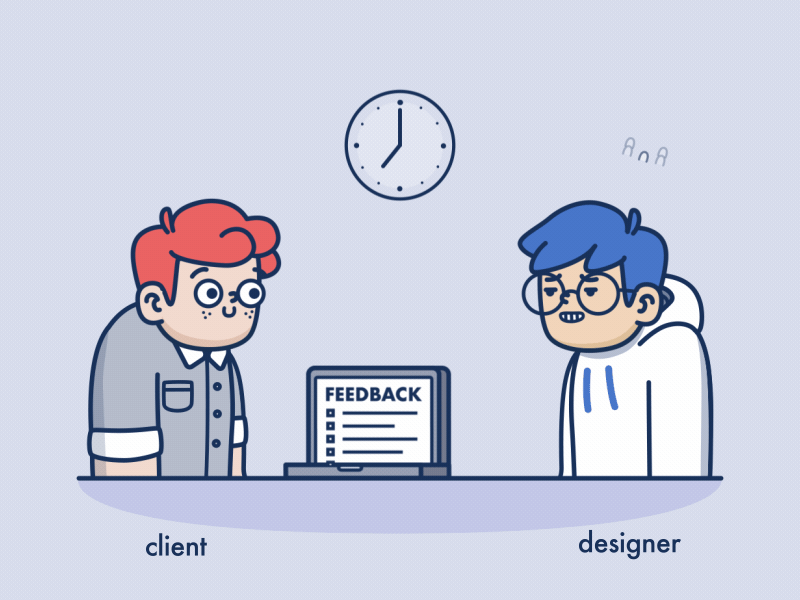 Animation Design by DeeKay
Animation Design by DeeKay
The Micromanagement Scenario
Nobody likes to be micromanaged regardless of what domain you are working in. However, in the design industry, it is different because, as a designer, you must understand your client’s perspective and come up with designs that resonate with their requirements.
Let’s talk about a few of the scenarios!
Scenario One:
Sometimes there’s something seriously wrong with the design that you have made, and the client tries to fix that problem themself, perhaps because you still weren’t able to design something that the client wanted even after the repetitive briefs and brainstorming sessions.
Instead of creating a fuss with the client and a series of back and forth changes, it is better to sit down with your client (virtually works) and ask for more general feedback. For example, what are their opinions on the overall aesthetics, what parts of it do they like, and what are the pain points? After that, you can dive into each pain point and try finding a solution for it (because every problem has a solution). Using this broad information and their existing feedback will help you understand the underlying problem and help you fix the design in a way that actually works and is acceptable to the client.
Seeking and understanding that kind of feedback usually results in top-quality information that will eventually boost your designs and results in a win-win situation for you and your client.
Scenario Two:
The scenario you wouldn’t want to be a part of is where your clients would have to jump in and do the work for you. Being a designer, it is your responsibility to understand the essence behind the design brief. If you think there isn’t enough information shared, use your brainstorming skills and try to comprehend the brief in the right direction. Double-check with your clients to make sure that your design process is aligned with their expectations. There’s a way out for every situation.
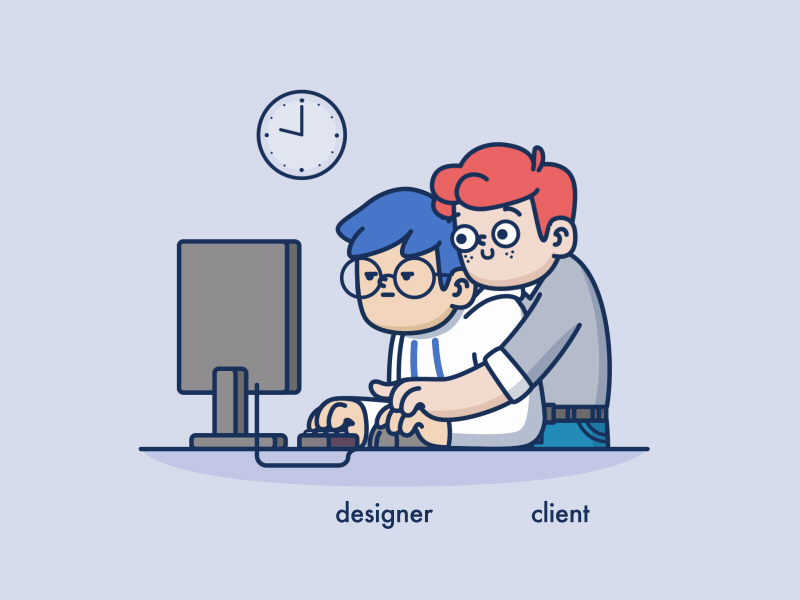 Animation Design by DeeKay
Animation Design by DeeKay
“Looks good, but this isn’t really our style….”
This kind of feedback may seem frustrating and demotivating at first, but if you think about it, it’s actually kind of helpful and uplifting for your growth. It generally means that your client liked the work and overall design execution, but they just think it doesn’t gel in with their brand.
So, it all comes down to branding, and, being a designer, it is really important to keep the designs afloat within their branding style and guidelines.
In such a scenario, you can ask your client if they could share some relevant examples of the design styles that they think would work as a better fit. Moreover, to better understand their approach, you can ask them to describe what they are looking for in terms of the personality of their products or brand, etc.? For example, do they want to keep it fun and light? Informational or casual? Glamorous or minimal? Try to scrape off any information that can help you design a piece of work that truly resonates with their brand’s personality.
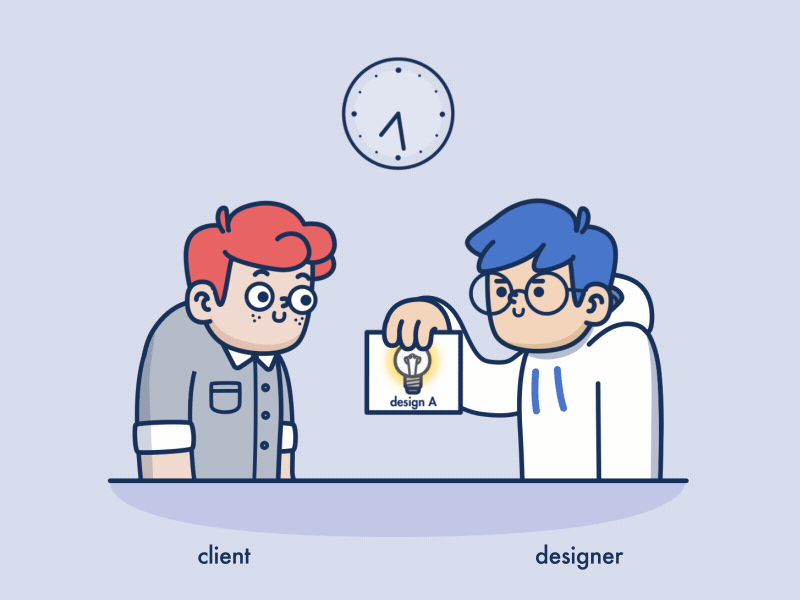 Animation Design by DeeKay
Animation Design by DeeKay
Read Your Client’s Mind…
Make it easy for your clients (new or old) to provide feedback that’s meaningful and valuable to the overall design project.
More importantly, educate your clients on the kinds of feedback, what options they have, how they can save time and have a refined product design at the end. It will make the entire client-designer feedback process a lot easier.
Engage with the client and maintain meaningful conversations. Although not every client is alike, you’ll learn the art of comprehending feedback based on your experience, learning with time.
Phew – Final Thoughts!
Make it easy for your clients (new or old) to provide feedback that’s meaningful and valuable to the overall design project.
More importantly, educate your clients on the kinds of feedback, what options they have, how they can save time and have a refined product design at the end. It will make the entire client-designer feedback process a lot easier.
Engage with the client and maintain meaningful conversations. Although not every client is alike, you’ll learn the art of comprehending feedback based on your experience, learning with time.
More Articles
Crafting Award-Worthy 3D Web Experiences: Lessons from Behind the Scenes
Bringing a 3D model to life on a website isn’t just about making it look good, it’s about creating an experience that is easy to navigate without compromising performance. At Face44, our team has encountered and overcome the challenges of embedding high-quality 3D...
Essentials Of An Interesting Homepage Design
Your homepage design must cater to numerous obligations. Instead of being centred about a single action, it should be created to serve a variety of audiences from various backgrounds. It must be resolutely constructed in order to accomplish this proficiently. In...
Fundamentals Of UI Design
The aim of effective User interface UI design is to eliminate as many barriers, bottlenecks, and other sources of confusion from the user experience. Above all, it is done to build a user-friendly environment that is easy for all users. Also, it helps manage and...
Chronicles Of The Best Game App Design
How many hours per week do you spend playing video games on average? That's accurate, many can easily spend half of their time playing games or looking for them on their phones. Searching and playing can take anything from 2 to 10 hours. On a daily basis, 61.6 percent...
Dynamics Of Web 3.0 Design
It seems like everyone and their pet is talking about blockchain and web 3.0. More significantly, it's on the radar of major corporations, and we all know that money brings traction. So, what exactly is Web 3.0? Web 3.0 is an AI/machine learning-driven web that will...
NFT Art & Its Impact On Design Industry
You've undoubtedly heard of NFT Art... but how exactly does it work? And why should you, as a designer, care? What exactly is NFT Art? and why is everyone talking about it? NFT Art is changing the way designers can earn money and how designers view themselves—not only...
UX For XR Future & Challenges
The crucial UX for XR needs to be improved for Extended Reality to be widely adopted! Talk of the town, 'Metaverse,' an oft-used word for the multi-user extended reality (XR) cloud, is becoming increasingly popular. Other industry leaders and the media have picked it...
Amp Up Your Visual Marketing ROI With The Fantastic 5
Visual content is easier to understand and remember than text! Do you use visual marketing as a strategy to boost your return on investment? If so, you're by no means alone. Photos are a surefire way to engage with your audience and attract new leads. Here, we'll show...
Creating Contemporary Brand Identity With Verbal & Visual Branding
When exceptional solutions are matched to the real challenges, a great brand identity emerges. With so many competitors in today's market, it's critical to grasp all the components to create a successful brand. Combine design and words to establish a distinctive brand...
Personal Branding: What should you know?
Everyone has a personal brand, even you! Personal branding is a must in today’s era. To have a distinctive standing amongst others, build your unique identity over time so that you can sell off your skills or market yourself - the right way! On the surface, it’s all...
